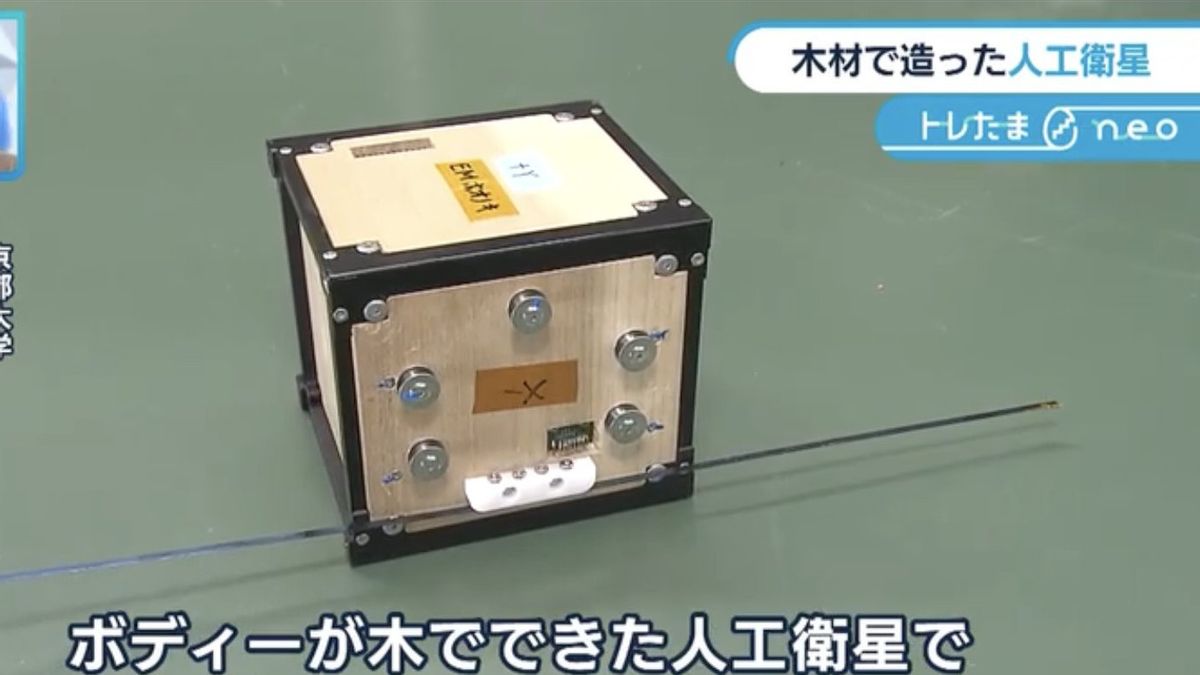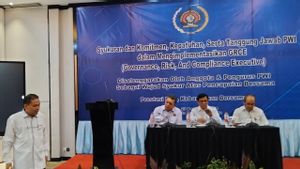Japanese researchers said on Tuesday they had successfully built the world's first wooden satellite, with a tiny cube-shaped object expected to be delivered into space using a SpaceX rocket launched from the United States in September.
"LignoSat," a combination of the word ligno, a prefix that means wood and satellite, is the result of efforts to develop for about four years by a team involving Kyoto University and Sumitomo Forestry Co., with the aim of utilizing environmental friendliness and low cost of wood in space development.
Wood satellites are considered better for the environment when they catch fire when re-entering Earth's atmosphere, compared to conventional metal satellites, as they can produce alumina particles, which can adversely impact weather and communications, according to the team.
This latest development is a "very valuable move for the space and wood industry," Kyoto University and a wood product company centered in Tokyo in a press release with them, noting it will help "unload possible use of wood, which is a sustainable resource," as reported by Kyodo News on May 28. LignoSat is a 10-centimeter cube made of a 4 to 5.5-millimeter magnolia wood panel, with parts made of aluminum. Lignosat has solar panels mounted on several sides and weighs about 1 kilogram.
This satellite is built based on traditional Japanese techniques that do not use screws or any adhesives.
The team said it had confirmed the resistance of the wood, even in a harsh space environment.
SEE ALSO:
"We want to build satellites, including parts of the electronic substrate (which are contained in them), all of which are made of wood in the future," said Takao Doi, an astronaut who serves as a special professor of this program at Kyoto University.
The satellite will be handed over to the Japan Aerospace Exploration Agency on June 4. The plan, it will be launched from the Kennedy Space Center in Florida, to the International Space Station.
According to the press release, the satellite will be released into space about a month after arriving at an orbiting laboratory. The team plans to explore the potential for wood by analyzing the data sent from the new satellite.
The English, Chinese, Japanese, Arabic, and French versions are automatically generated by the AI. So there may still be inaccuracies in translating, please always see Indonesian as our main language. (system supported by DigitalSiber.id)


















